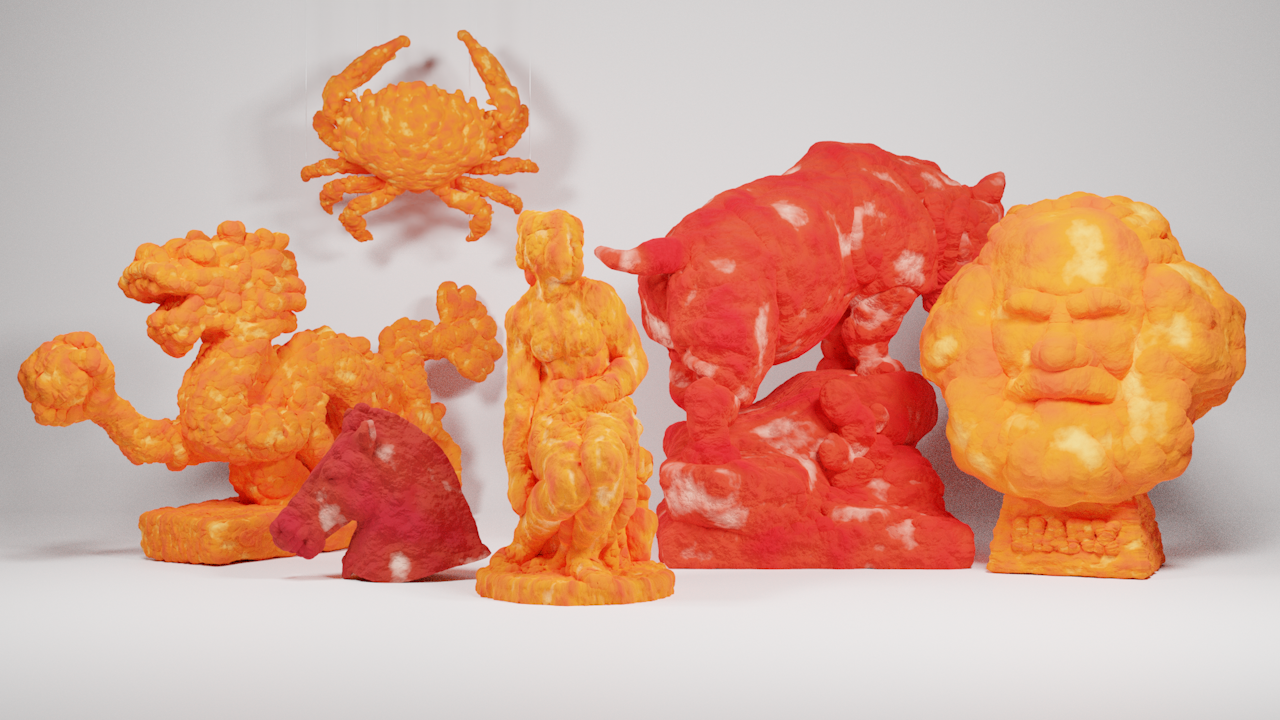The Fascinating World of Collectible Cheetos Revealed
Kernkonzepte
The author explores the unexpected market for uniquely shaped Cheetos and the fascination people have with collecting them, highlighting the intersection of art, humor, and commerce in this niche market.
Zusammenfassung
The content delves into the quirky world of collectible Cheetos, where individuals find value in unique shapes resembling various figures. From religious icons to pop culture references, these oddly shaped snacks have garnered attention and even significant monetary value. The narrative follows enthusiasts who engage in buying, selling, and collecting these rare Cheetos, blurring the lines between artistry and consumerism. Despite the absurdity of paying exorbitant amounts for a snack item, the allure of owning a one-of-a-kind piece drives both sellers and potential buyers in this peculiar market.
Zusammenfassung anpassen
Mit KI umschreiben
Zitate generieren
Quelle übersetzen
In eine andere Sprache
Mindmap erstellen
aus dem Quellinhalt
Quelle besuchen
theoutline.com
The dangerously cheesy collectible Cheetos market
Statistiken
"He once got an offer for $150 and turned it down, countering with $250, never to hear from the buyer again."
"On February 7, 2017 one day after it was listed for sale, the Harambe Cheeto sold for $99,900."
"Today, it can be yours for $3,200 or best offer."
"One Stranger Things-shaped Cheeto recently sold for $666."
"A Flamin’ Hot Cheeto shaped like Mother Teresa holding a baby apparently sold for $1,400."
Zitate
"I thought it was something so ridiculous someone might actually buy it. Personally I wouldn’t buy one unless it’s in a bag and I’m going to eat it." - Daniel Isaacs
"The struggle is real when I have to resort to selling a Cheeto that looks like Donald Trump." - Unnamed Seller on eBay
Wichtige Erkenntnisse aus
by Tove Danovic... um theoutline.com 02-21-2024
https://theoutline.com/post/8083/cheeto-ebay-rare-market-harambe
Tiefere Fragen
What psychological factors drive individuals to assign significant value to uniquely shaped snack items?
The assignment of significant value to uniquely shaped snack items can be attributed to various psychological factors. One key factor is pareidolia, which is the tendency for humans to perceive familiar patterns or shapes in random stimuli. This phenomenon explains why people see faces in clouds or religious figures in food items like toast or Cheetos. The brain's natural inclination to recognize patterns and make connections leads individuals to attribute special meaning and value to these unique shapes.
Moreover, the emotional attachment and personal significance that individuals place on these items play a role in driving their perceived value. For example, finding a Cheeto that resembles a beloved cartoon character or celebrity can evoke feelings of nostalgia, excitement, or amusement. This emotional connection enhances the perceived uniqueness and desirability of the snack item, leading individuals to ascribe higher value to it.
Additionally, social validation and peer influence contribute to the assigning of value to uniquely shaped snack items. In today's digital age where social media platforms amplify trends and viral content, individuals may feel compelled to participate in collecting or selling these items due to the attention and validation they receive from online communities. The desire for recognition and approval from others can fuel the perception of worth associated with these quirky collectibles.
Is there an ethical concern regarding profiting from religious or culturally significant figures represented in food items?
Profiting from religious or culturally significant figures represented in food items raises ethical concerns related to cultural appropriation, respect for sacred symbols, and commercial exploitation of beliefs. When food products like Cheetos bear resemblances to revered religious figures such as Jesus Christ or Mother Teresa, monetizing these representations can be seen as disrespectful and insensitive towards those who hold these figures sacred.
Furthermore, turning religious icons into commodities for financial gain may offend believers who view such depictions as holy symbols deserving reverence rather than objects for sale. It could also perpetuate stereotypes or trivialize deeply held spiritual beliefs by reducing them into mere novelty collectibles meant for profit.
In addition, there is a risk of exploiting cultural heritage when profiting from culturally significant figures depicted in food items without proper acknowledgment of their origins or meanings within specific communities. This type of commercialization could lead to misinterpretations or misrepresentations that distort the original cultural context surrounding these symbols.
Overall, while engaging with unique snack items that resemble religious or culturally significant figures may spark curiosity or amusement initially, it is essential for individuals involved in buying/selling such products consider the potential ethical implications surrounding their actions.
How does the phenomenon of collectible Cheetos reflect broader societal trends in consumer behavior?
The phenomenon of collectible Cheetos reflects broader societal trends in consumer behavior by showcasing elements such as novelty-seeking consumption habits driven by social media influence; fascination with limited edition/unique products; willingness among consumers pay premium prices for rare goods; engagement with online marketplaces/platforms; pursuit individuality through quirky possessions; blurring lines between artistry/commercialism.
Firstly ,the popularityof collecting unique-shaped Cheetos highlights how consumers are drawn towards novel experiences/products that stand out amidst mass-produced offerings.This trend aligns with society's increasing emphasis on self-expression through distinctive possessionsand memorable purchases.
Secondly,the eagerness among buyers topay high pricesfor rareCheeto shapesreflectsconsumer interestin exclusiveor limited-editionitems.Consumersare willingto investmore moneyin acquiringproducts consideredrareor one-of-a-kindasit addsvalueanduniquenesstotheir collection.Thiscapturesa largerpatternofconsumersseekingout uniquemerchandiseor experiencesoverconventionalgoods.
Thirdly,the prevalenceofonlineplatformssuchaseBayfor tradingcollectibleCheetosexemplifieshowdigitalmarketplaceshave reshapedconsumerbehaviorby providingeasyaccessibilityto nicheproductsandconnectingbuyersandsellersacrossgeographicalboundaries.The convenienceoffinding,selling,and purchasingquirkyitemsonlinereflectsthe shifttowardsdigitally-drivenconsumptionpatternsobservedinsocietytoday.
Lastly,the intersectionbetweenartisticappreciationandcommercialinterestsincollectingCheetsdemonstrateshowindividualsseektobalancepersonalenjoymentwithpotentialfinancialgain.While someviewtheseunique-snackitemsasartisticcreationsworthyofcollection,othersseethemasa meansforeconomicprofit.Thisdualityunderscoresbroadersocietalattitudestowardspersonalhobbies,purchasingdecisions,andentrepreneurialventureswithinacompetitiveconsumermarketplace.In essence,the fascinationwithcollectibleCheesnacksshapesreflectshowcontemporaryconsumersengagewithnovelty,luxury,value,andself-expressionthroughtheirpurchasebehaviorsandinvolvementindigitalcommerceplatforms
0
